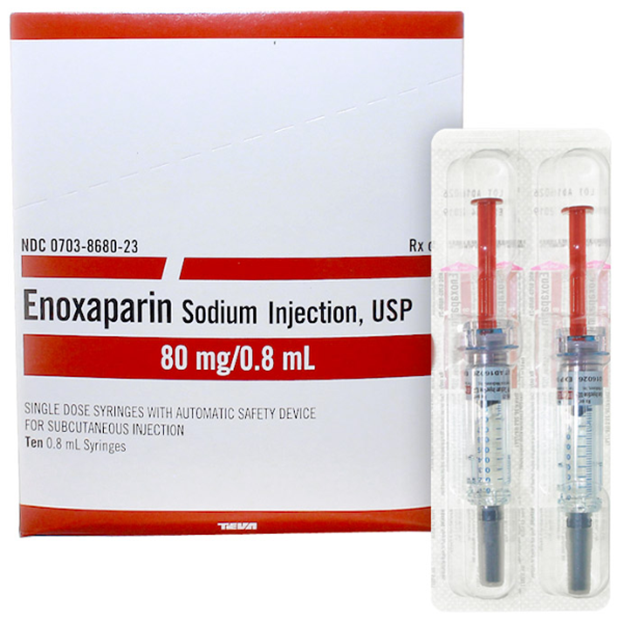A client with a cold is taking the antitussive medication benzonatate. Which assessment information indicates to the nurse that the medication is effective?
Expectorating bronchial secretions.
Reports reduced nasal discharge.
Able to sleep through the night.
Denies having coughing spells.
The Correct Answer is D
Choice A reason: Expectorating bronchial secretions is not an assessment information that indicates that the antitussive medication benzonatate is effective. Benzonatate is a medication that suppresses the cough reflex by numbing the throat and lungs. It does not loosen or thin the mucus in the airways, which would facilitate expectoration.
Choice B reason: Reports reduced nasal discharge is not an assessment information that indicates that the antitussive medication benzonatate is effective. Benzonatate is a medication that suppresses the cough reflex by numbing the throat and lungs. It does not affect the production or drainage of nasal secretions, which are caused by inflammation and infection in the upper respiratory tract.
Choice C reason: Able to sleep through the night is not an assessment information that indicates that the antitussive medication benzonatate is effective. Benzonatate is a medication that suppresses the cough reflex by numbing the throat and lungs. It does not have any sedative or hypnotic effects, which would promote sleep. However, by reducing coughing, benzonatate may indirectly improve the quality of sleep for the client.
Choice D reason: Denies having coughing spells is an assessment information that indicates that the antitussive medication benzonatate is effective. Benzonatate is a medication that suppresses the cough reflex by numbing the throat and lungs. It reduces the frequency and intensity of coughing, which can relieve discomfort and irritation for the client.
Nursing Test Bank
Naxlex Comprehensive Predictor Exams
Related Questions
Correct Answer is ["0.8"]
Explanation
The correct answer is 0.8 mL.
To find the answer, we can use the following formula:
(mg of medication ordered / mg of medication per mL) = mL to administer
Substituting the values from the question, we get:
(80 mg / 60 mg per 0.6 mL) = 0.8 mL
Therefore, the nurse should administer 0.8 mL of enoxaparin sodium injection.

Correct Answer is ["B","C","D"]
Explanation
Choice A reason:
Seizures are not a common side effect of morphine, and they are unlikely to contribute to this client's fall risk. Seizures can occur in rare cases of morphine overdose, hypersensitivity, or withdrawal, but they are not expected in a client who is receiving a continuous and monitored dose of morphine. Therefore, choice A is incorrect.
Choice B reason:
Nausea is a common side effect of morphine, and it can contribute to this client's fall risk. Nausea can cause the client to feel dizzy, weak, or unsteady, and it can also impair the client's appetite and hydration status. Nausea can also trigger vomiting, which can increase the risk of aspiration or dehydration. Therefore, choice B is correct.
Choice C reason:
Orthostatic hypotension is a common side effect of morphine, and it can contribute to this client's fall risk. Orthostatic hypotension is a sudden drop in blood pressure that occurs when the client changes position from lying to sitting or standing. Orthostatic hypotension can cause the client to feel faint, dizzy, or lightheaded, and it can also increase the risk of syncope (loss of consciousness) or cardiac arrhythmias. Therefore, choice C is correct.
Choice D reason:
Sedation is a common side effect of morphine, and it can contribute to this client's fall risk. Sedation can cause the client to feel sleepy, drowsy, or confused, and it can also impair the client's alertness and coordination. Sedation can also reduce the client's ability to respond to stimuli or alarms, and it can increase the risk of respiratory depression or coma. Therefore, choice D is correct.
Choice E reason:
Euphoria is a common side effect of morphine, and it can contribute to this client's fall risk. Euphoria is a feeling of intense happiness or well-being that is induced by the activation of opioid receptors in the brain. Euphoria can cause the client to feel overconfident, impulsive, or reckless, and it can also impair the client's judgment and perception of reality. Euphoria can also increase the risk of psychological dependence or addiction. Therefore, choice E is correct.
Choice F reason:
Itching is a common side effect of morphine, and it can contribute to this client's fall risk. Itching is caused by the release of histamine from mast cells in response to the stimulation of opioid receptors in the skin. Itching can cause the client to scratch excessively, which can damage the skin and increase the risk of infection. Itching can also distract the client from other sensations or warnings, and it can reduce the client's comfort and quality of life. Therefore, choice F is correct.
Choice G reason:
Urinary retention is a common side effect of morphine, and it can contribute to this client's fall risk. Urinary retention is the inability to empty the bladder completely or voluntarily due to the inhibition of bladder contraction by opioid receptors in the urinary tract. Urinary retention can cause the client to feel pain, discomfort, or urgency in the lower abdomen, and it can also increase the risk of urinary tract infection or kidney damage. Urinary retention can also prompt the client to attempt to get out of bed without assistance or supervision, which can increase the risk of falling. Therefore, choice G is correct.
Whether you are a student looking to ace your exams or a practicing nurse seeking to enhance your expertise , our nursing education contents will empower you with the confidence and competence to make a difference in the lives of patients and become a respected leader in the healthcare field.
Visit Naxlex, invest in your future and unlock endless possibilities with our unparalleled nursing education contents today
Report Wrong Answer on the Current Question
Do you disagree with the answer? If yes, what is your expected answer? Explain.
Kindly be descriptive with the issue you are facing.
